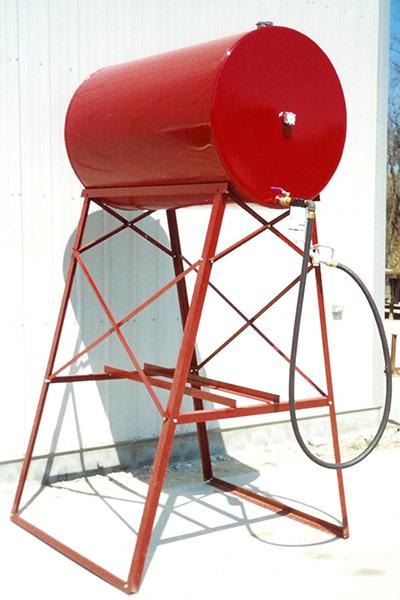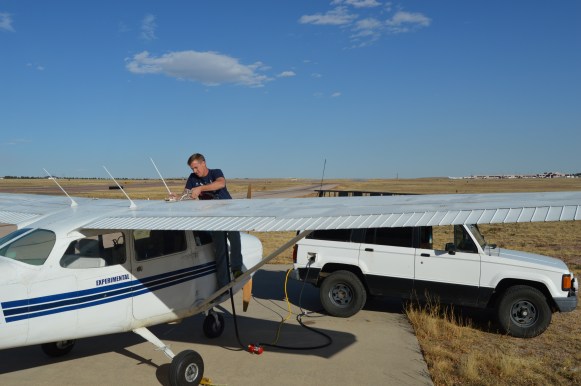WDD
Final Approach
- Joined
- Oct 16, 2019
- Messages
- 5,339
- Location
- Atlanta / KRYY
- Display Name
Display name:
Vintage Snazzy (so my adult children say)
Most airports will, for obvious safety reasons........ prohibit storage of more than small quantities of fuel
Does that include the 50 gallons stored in the wings of your airplane?
I guess this might get some attention. My first job with a W2 was in high school, going from from farm to farm and painting these. Summer, hot, humid, half had wasps and yellow jackets, all need scraping, priming (probably lead paint), and painting, and boss man wanted 10 done a day. The boss was a cigar chomping crusty old guy whose practiced MBYI - management by yelling and intimidation. One time was special when the tank was so rusted it started leaking.
Oh yeah, good times

Last edited:

